Check out before these deals are gone!


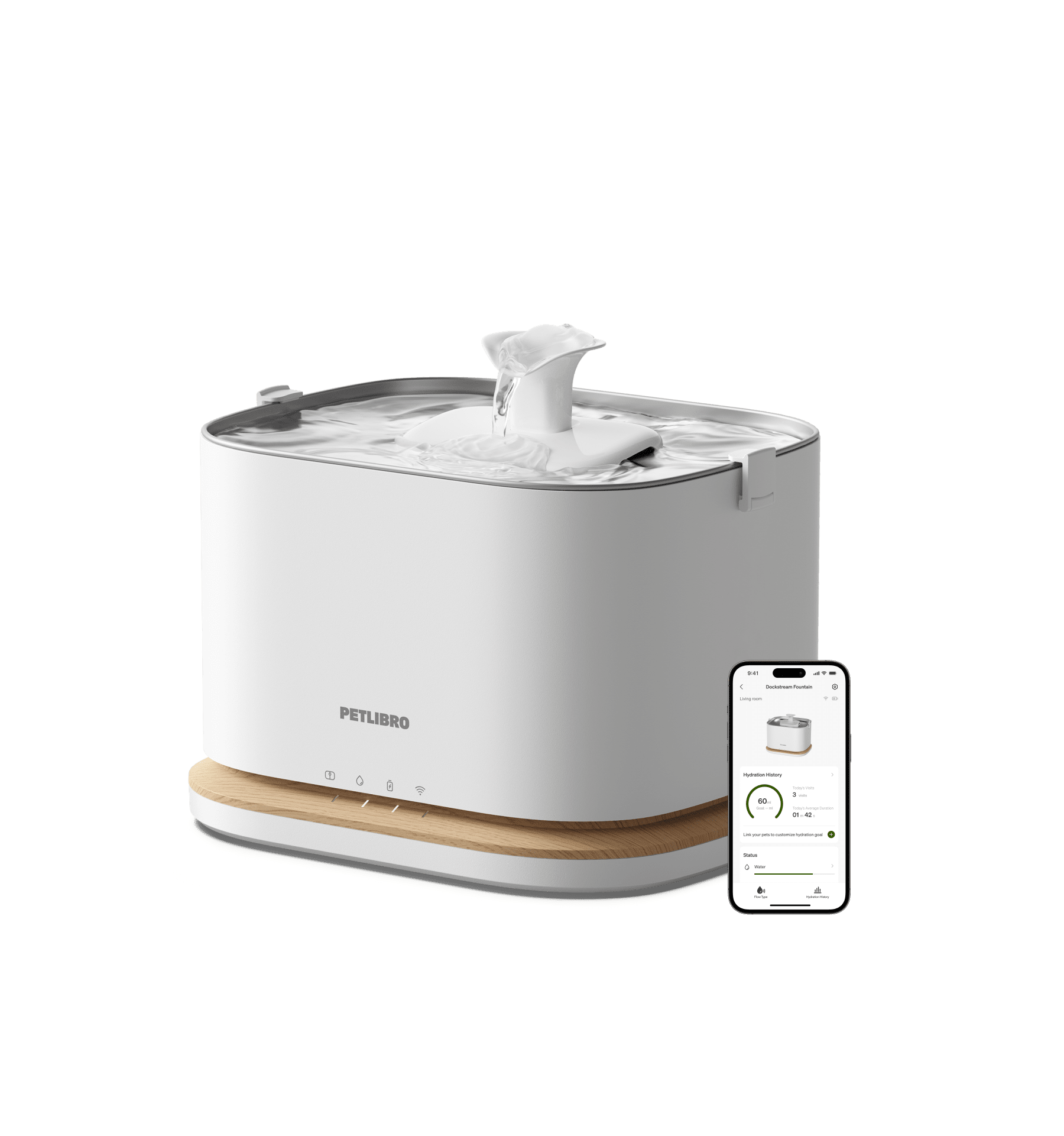
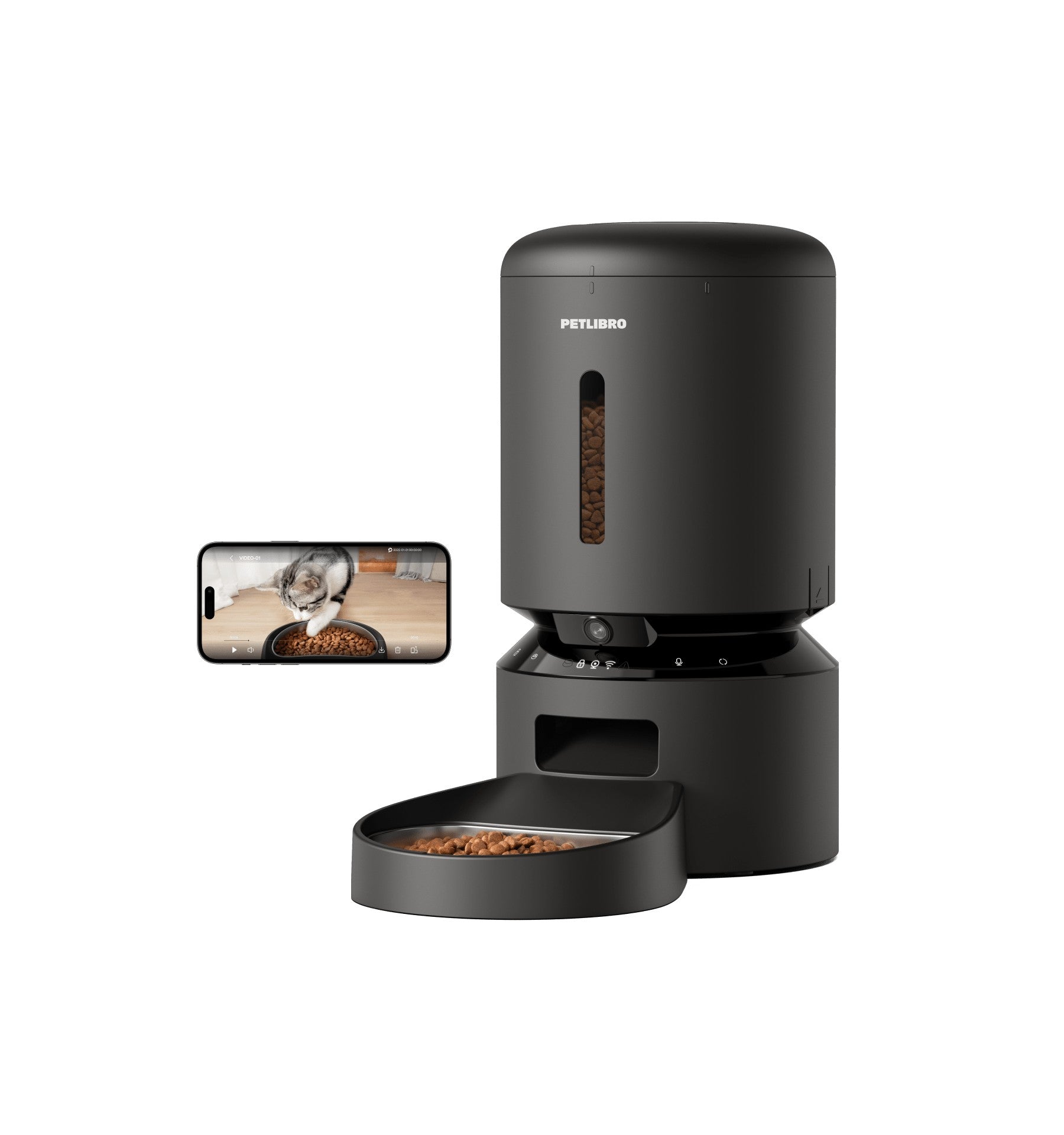
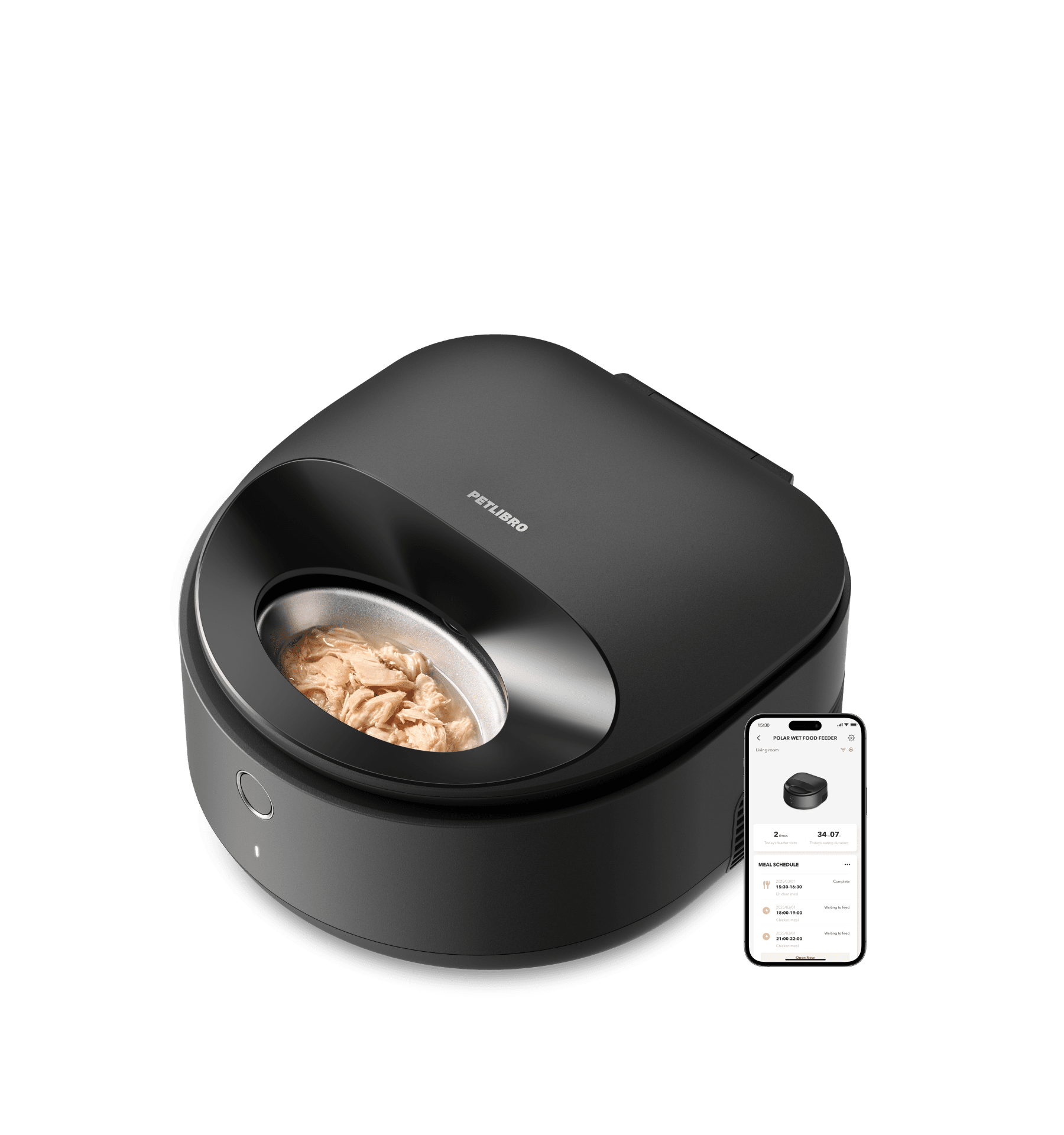
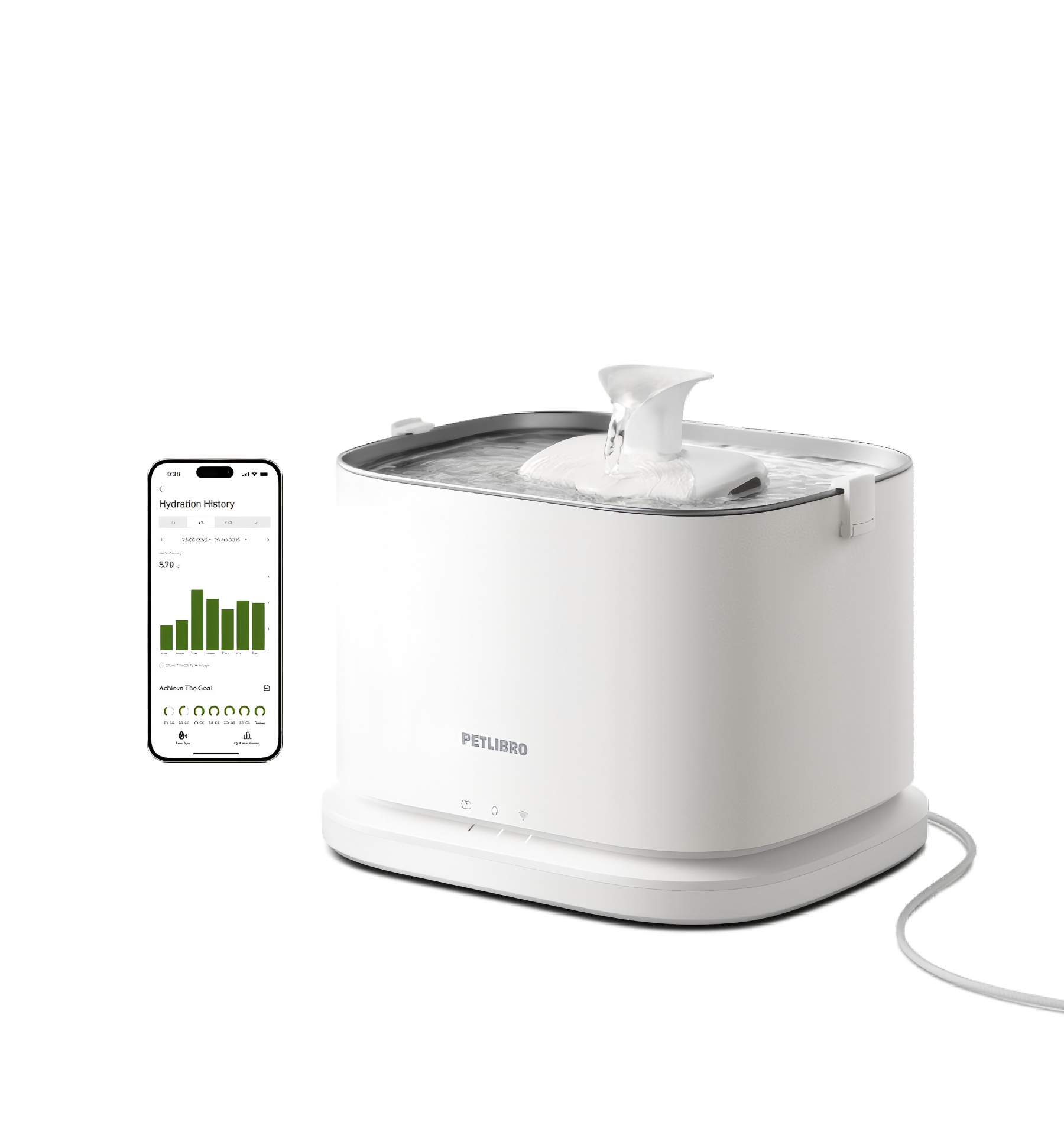
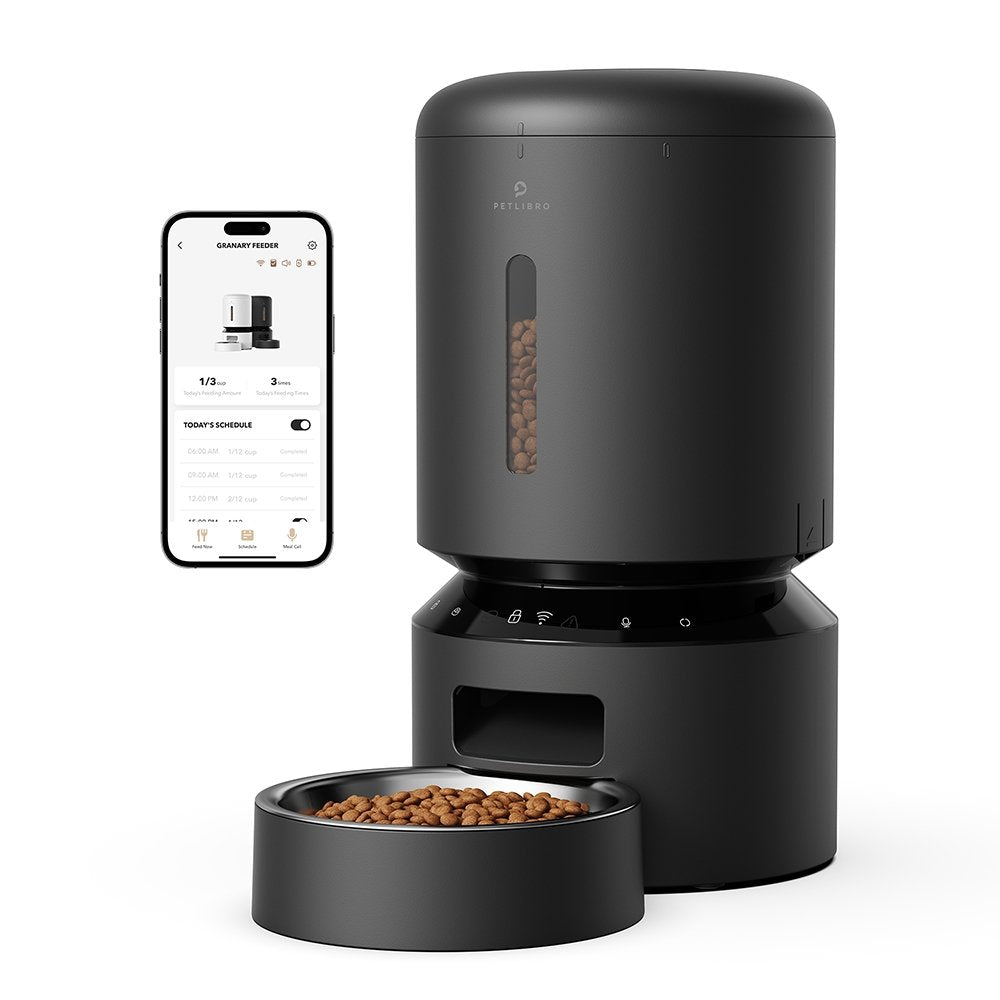
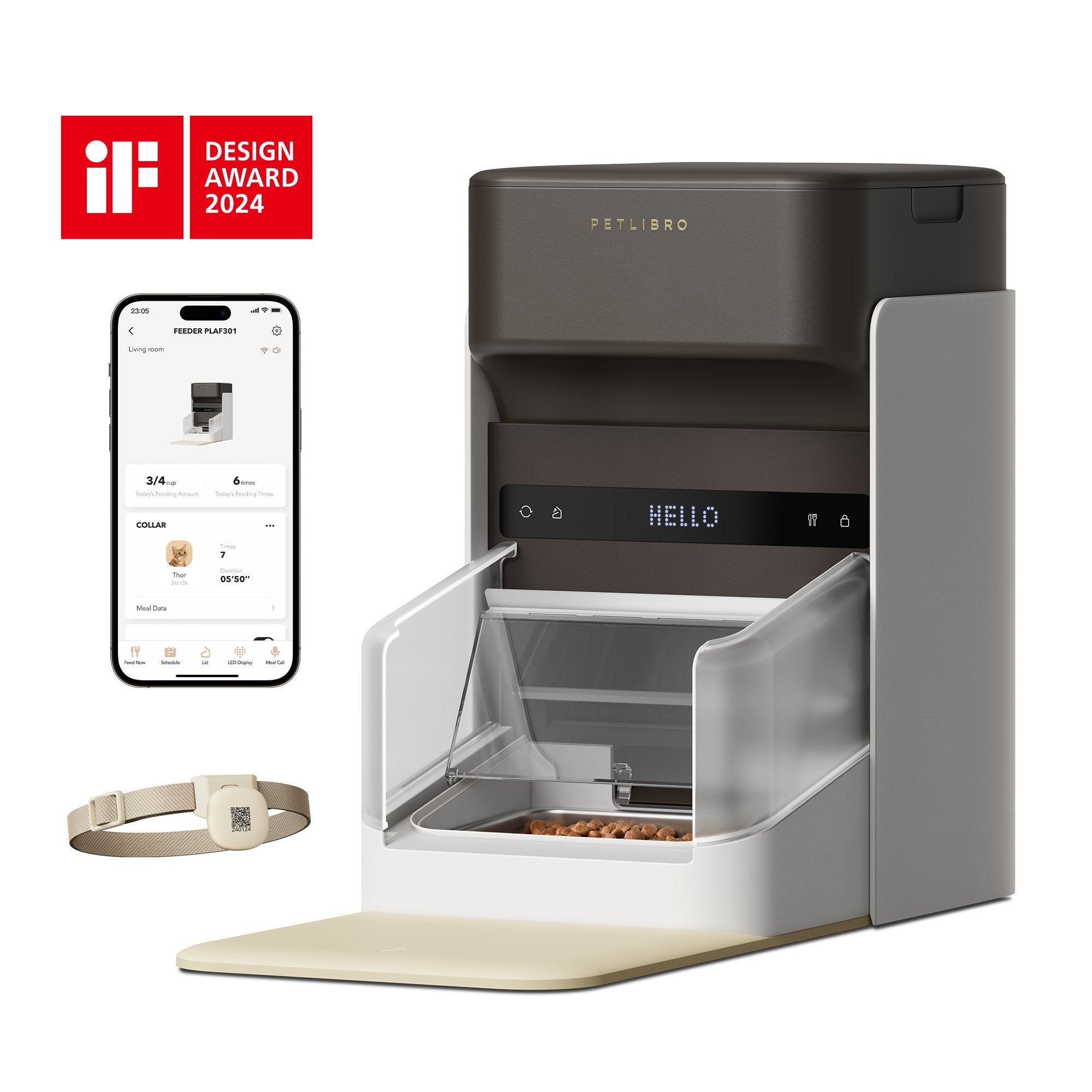
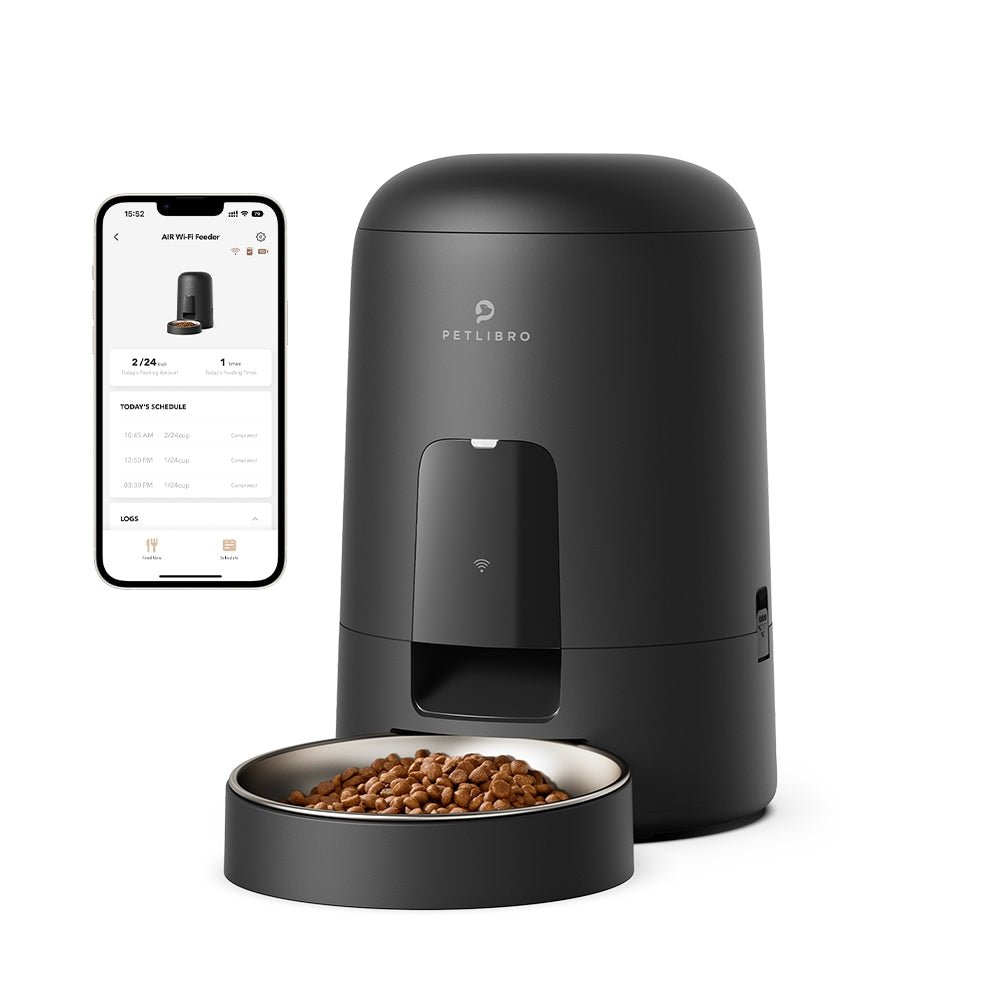






















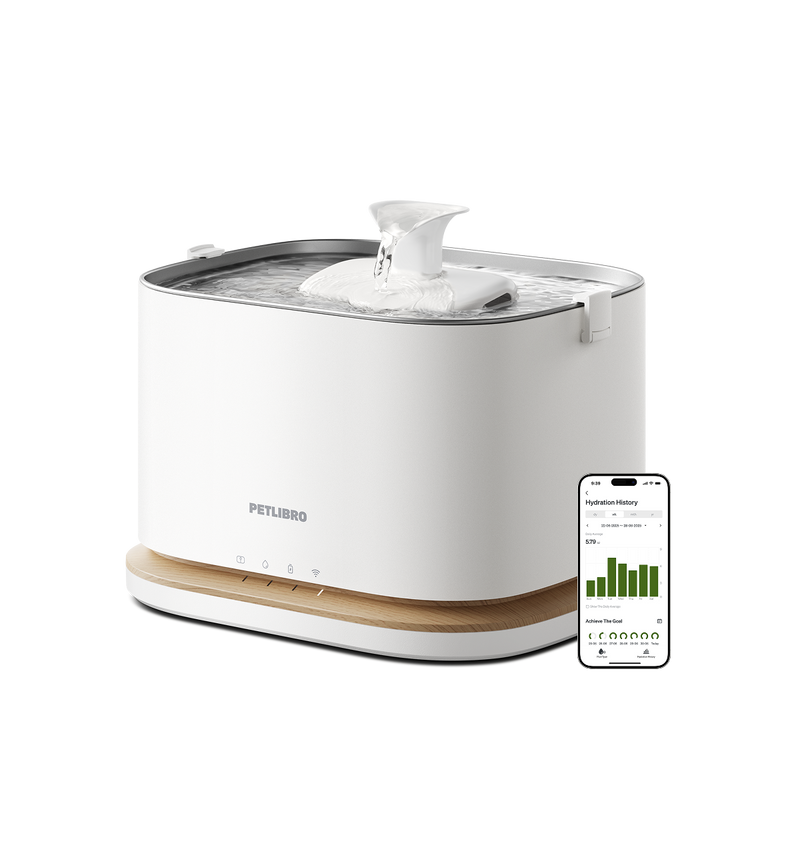
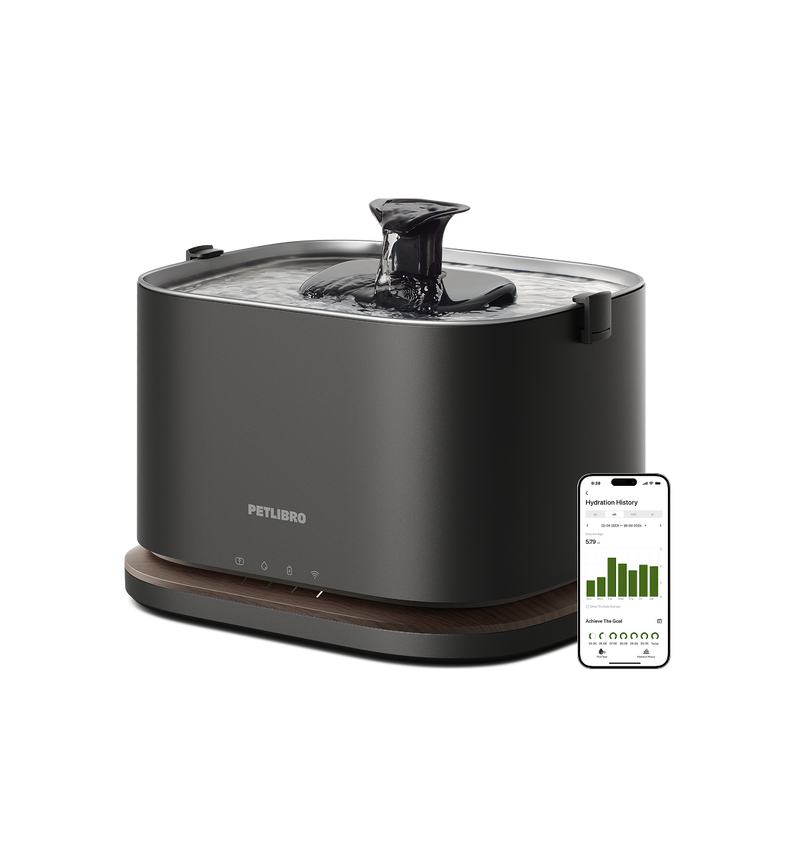
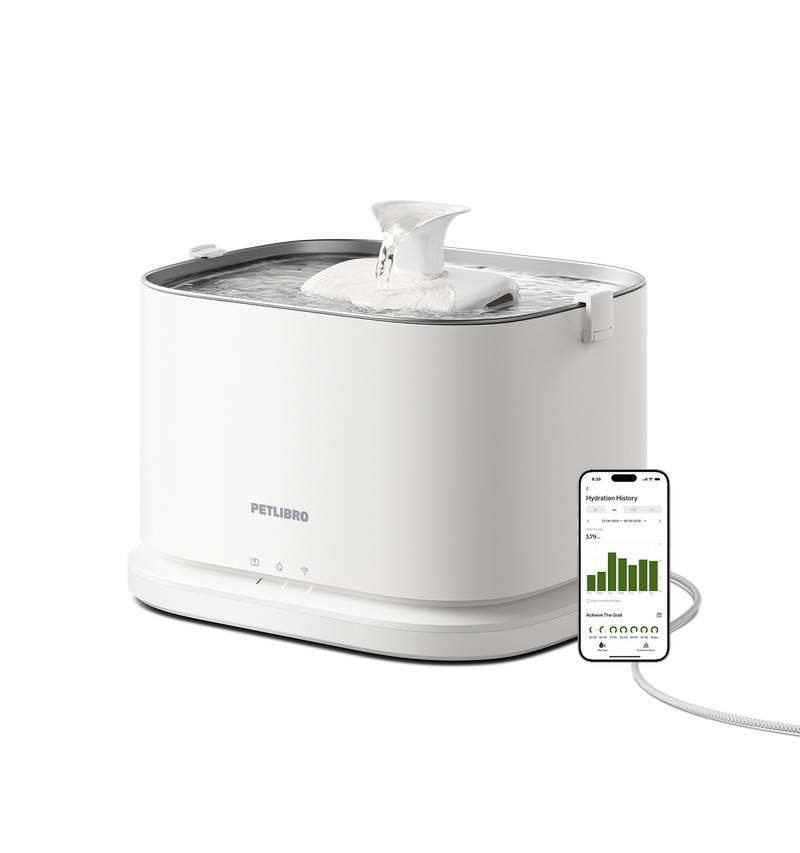
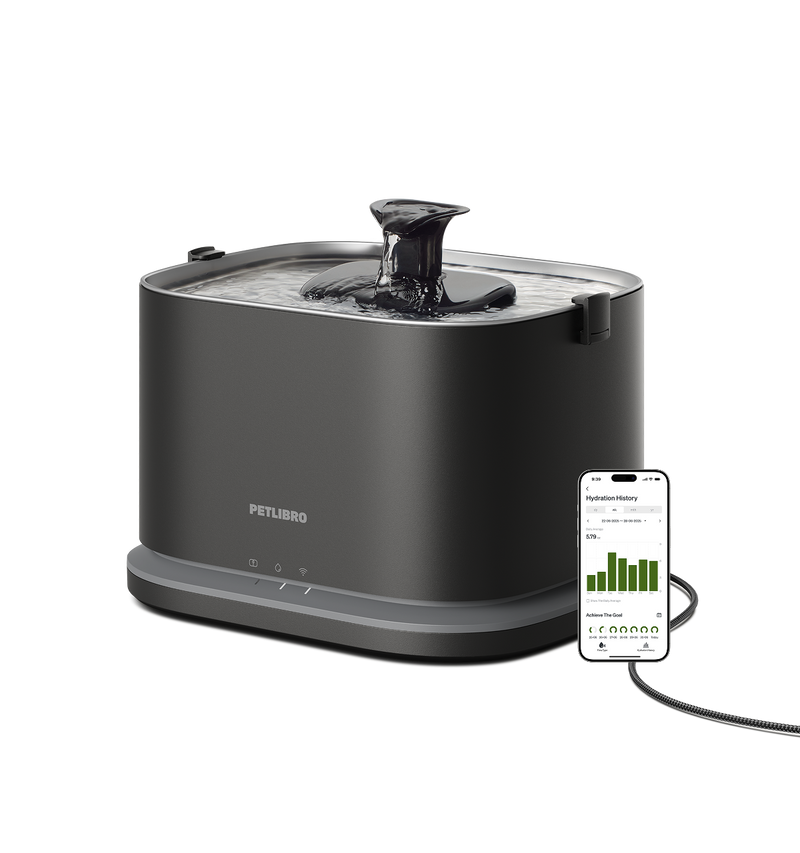










By subscribing, you agree to receive email marketing from Petlibro. Privacy Policy | Terms of Service


*Voucher is non-refundable and only one can be used per order, starting 11/13.


By subscribing, you agree to receive email marketing from Petlibro. Privacy Policy | Terms of Service


Code is valid for 72 hours and can be used for one order only. Code can’t be combined with other codes.
Discounts cannot be used toward new product launches.
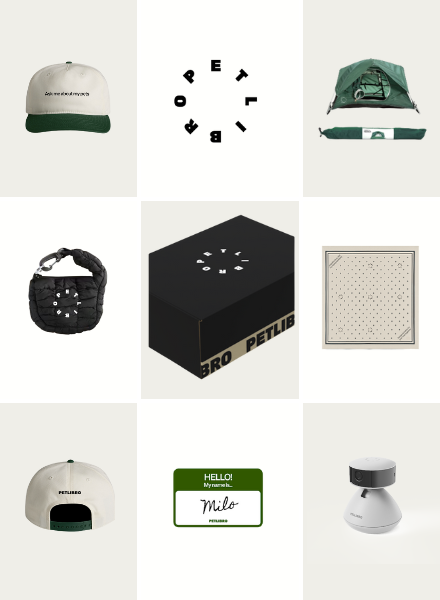
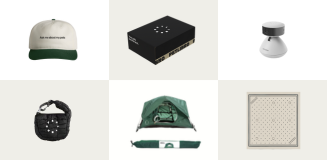
Open to legal U.S. residents, 18 years or older. Void where prohibited. Giveaway begins on 08/26/2025 and ends on 09/15/2025 at midnight PST. Three winners will each receive a limited-edition Petlibro PR Kit, which includes the Scout Smart Camera and select branded merch. Winners will be chosen at random and notified via Instagram or email (depending on entry format) by 09/30/2025. If a winner does not respond within 48 hours, another may be selected. Odds of winning depend on the total number of eligible entries received. Only one email entry per person will be counted, though additional entries may be submitted through the bonus methods described above. Petlibro is not liable for any issues that arise from participation or use of the prize. Personal information will be collected and handled in accordance with our Privacy Policy.


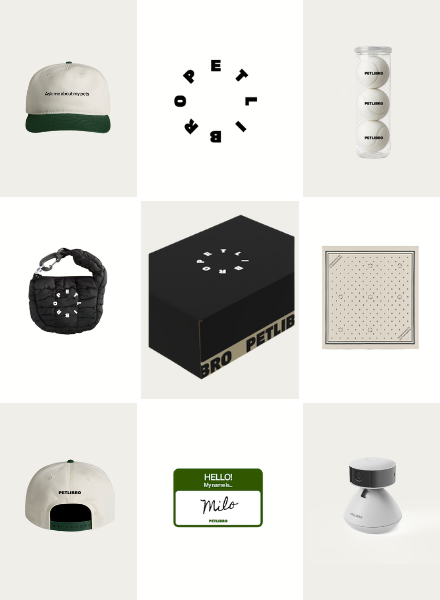
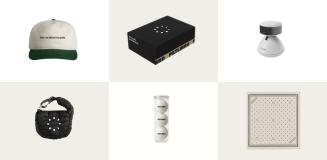
Open to legal U.S. residents, 18 years or older. Void where prohibited. Giveaway begins on 08/26/2025 and ends on 09/15/2025 at midnight PST. Three winners will each receive a limited-edition Petlibro PR Kit, which includes the Scout Smart Camera and select branded merch. Winners will be chosen at random and notified via Instagram or email (depending on entry format) by 09/30/2025. If a winner does not respond within 48 hours, another may be selected. Odds of winning depend on the total number of eligible entries received. Only one email entry per person will be counted, though additional entries may be submitted through the bonus methods described above. Petlibro is not liable for any issues that arise from participation or use of the prize. Personal information will be collected and handled in accordance with our Privacy Policy.


Overfeeding pets has become an alarming problem, with studies showing over 56% of dogs and 60% of cats now overweight or obese. Portion control is critical to combating this trend and ensuring pets remain at a healthy weight, but it requires diligence and consistency that many owners struggle with day to day. When feedings are un scheduled, portions are haphazard and leftovers abundant, it is easy for pets to consume far more calories than needed.
Portion control has significant impacts on a pet's well-being. Excess weight strains joints and organs, leads to health issues like diabetes or heart disease, and reduces lifespan. Nutritional balance is also impacted, as extra food means fewer nutrients per calorie.
For active or working pets, smaller portions result in more energy and better endurance. Lean pets simply tend to be happier and higher-energy overall.

Feeding pets the proper amount at each meal is crucial for health, wellness and longevity. When portions are imbalanced, either too large or too small, nutritional requirements are not being met and health issues can arise. However, portion sizes should not remain static-they need to adjust based on a pet's age, size, activity level and other factors.
A pet's portion size depends on several variables that can change from day to day.
Various benefits stem from practicing good portion control for pets. When portions match a pet's daily needs, the risk of obesity, diabetes and other weight-related health problems is minimized. Lean pets also tend to have more energy and stamina, able to keep up with active lifestyles. Nutritional balance is easier to achieve when portions are sized appropriately based on your pet's life stage and activity level.
Balanced nutrition leads to a healthier, higher-quality life for pets. Soft skin and a sparkling coat are signs the diet is providing all essential nutrients. Joints and muscles remain strong with less strain, and vital organs function properly when not overloaded. Potty training can be easier and bad behaviors tend to disappear with fewer power struggles around meals.
Automatic pet feeders come in a variety of styles, from simple timed feeders to high-tech options with Wi-Fi connectivity and mobile apps. The specific feeder that suits your needs depends on factors like number of pets, feeding schedule requirements, and portion control needs.
Feeders that dispense kibble or wet food may have anywhere from 2 to 12 feeding stations or platforms. Larger feeders can hold more food for less frequent refilling but take up more space. Feeders with locking lids help keep food fresher longer between fills. Programmable feeders allow you to establish a complex feeding schedule while fixed timed feeders provide basic dispensing at set intervals.
Other features to consider include spill guards to prevent mess, non-slip feet for stability, removable and dishwasher safe parts, backup power sources, and collision sensors to avoid overfeeding if a pet blocks access. Feeders with USB ports or Wi-Fi can connect to additional accessories or smart home systems for mobile controls and feeding alerts. Higher-end feeders provide precise portion controls, adjustable feeder hoppers, and overload protection features.
To set up an automatic feeder, first determine your typical feeding schedule and approximate portion sizes for each pet. Program timed dispensing cycles into the feeder, adjusting as needed to meet nutritional requirements while minimizing food waste. Place the feeder in an area away from pet feeding spots but easily accessible. Secure the feeder to prevent tipping if large or active pets will access it.
Calibrate dispensing amounts based on your pet's weight, age and activity level for optimal portions. Ensure any locks, latches or seals are properly engaged between fillings to keep food fresh. Some feeders may require calibration or initialization to begin dispensing properly according to the programmed schedule. Once the feeder is set up and dispensing as intended, you can make adjustments to the schedule as needed to keep portions appropriate for your pets' lifestyles.
Automatic feeders, when properly selected and set up, can take the guesswork out of portion control and ensure your pets always have access to fresh, properly sized meals.
In summary, automatic pet feeders are an excellent tool for any responsible pet owner seeking control, consistency and piece of mind in developing and maintaining a balanced, nutritious feeding plan.
When used properly, they can profoundly transform how we feed our pets and the lives we share together.